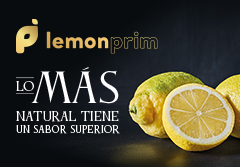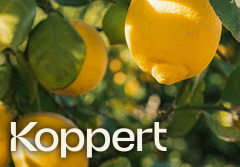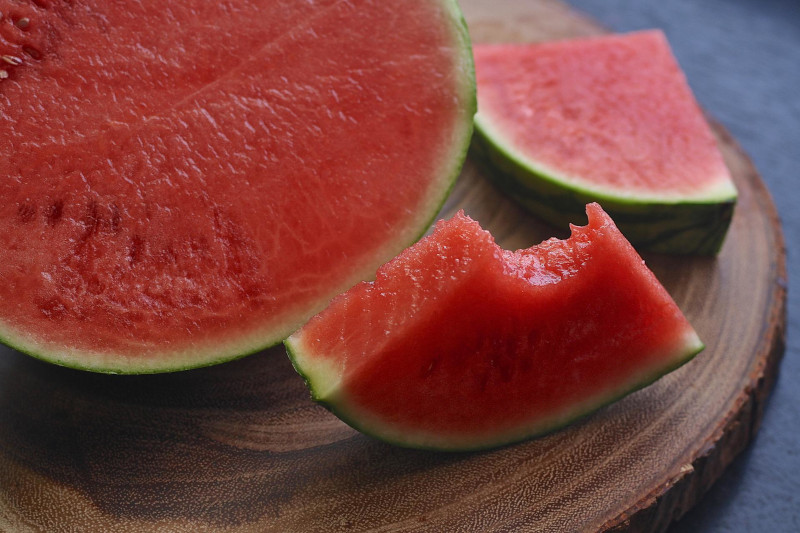In 2022, watermelons were shown as a metaphor for inflation in the agrifood sector. The general media talked about ‘luxury’ produce and everybody threw up their hands in horror on seeing prices that were much higher than in previous years. At the beginning of the campaign, they were already talking about the comparison of the 26.9 cents per kilo paid in supermarkets in the last week of May 2021, and the 84 cents of the same period in 2022. A combination of factors (dust clouds, bad weather conditions, rocketing prices of inputs…) caused the ‘perfect storm’. There was a considerable reduction in volumes (-28.1 % compared to the previous campaign), the value increased (+29.2%) and subsequently, watermelons “suffered the consequences (of inflation) on the daily news programmes,” Joaquín Hidalgo, General Coordinator for the AGF-Fashion Watermelon Group, recalls. An exception? Hidalgo thinks not. And he launches a general warning: “This has come to stay. Historical watermelon prices, with 30 cents in the supermarket, are unrepeatable due to the rise in production costs.” The inflation crisis continues to threaten the sector, and the high price of inputs is being maintained, as is the rise in work force costs. Therefore, it is reasonable to expect that this year watermelons will reach prices above the pre-inflation average as well. Last year the average price at source was 0.54€/kg compared to the 0.30€/kg of 2020/21, according to the ‘Analysis of the fruit and vegetable campaign. Campaign 2021/22’, prepared by Cajamar.
Top executives from companies in the sector consulted by Fruit Today coincide in indicating that this year watermelon prices will be high because it is necessary to sell at a fair price. And in order to do this, the rise in costs must be passed on, at least partially. How will this affect the demand? We will have to wait and see whether consumers sacrifice part of their ‘summer fruit’ consumption or not.
Water: the great problem
The seed companies coincide in their predictions: in general, melon surface area is being reduced in all regions in this campaign, and the area devoted to watermelon crops is increasing.
In the province of Almeria, the plantations of Galia and Cantaloupe melons have once again been reduced; the Piel de Sapo typology remains stable and, to a lesser extent, the surface area of Yellow melons is also being maintained. Parallel to this, the surface area for watermelons is rising, with the exception of the northern area of the province (Pulpí and Cuevas de Almanzora), where the number of hectares devoted to the summer fruit will drop due to the shortage of water. Companies in the area, such as Agrícola Navarro de Haro, have opted for moving part of their crops to areas with fewer water problems to guarantee their clients’ programmes.
The Region of Murcia will also plant fewer melons than in previous years due to the shortage of water and the problems in the cutting back of the Tajo-Segura Water Transfer and the Mar Menor. The large companies in the region are opting for relocation, changing the Campo de Cartagena for land bordering Águilas and Alicante. By typologies, the ones for export are holding up best (Yellow, Cantaloupe and Galia). And a drop in Piel de Sapo and Charentais for export is being outlined, caused by an increase in costs that is not being accompanied in the prices.
Lastly, in Castilla-La Mancha, according to plant breeders, melons will drop slightly and watermelons will rise, repeating a pattern that has been increasing over several years.










